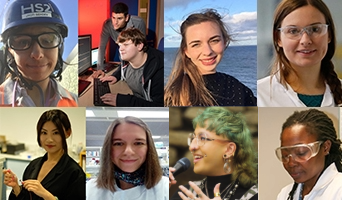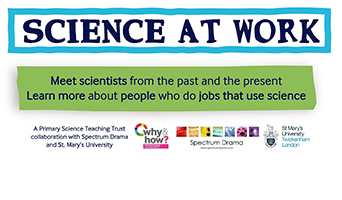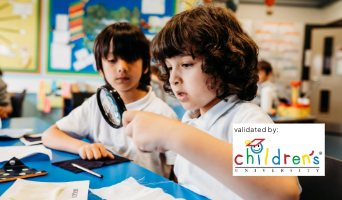
Animals
Blood Tests Could Detect Cancers
Curriculum focus: Human body parts/ Disease.
Enrichment, Practical Science, Science Enquiry, Scientists and their work, Topical Science | 7-9, 9-12
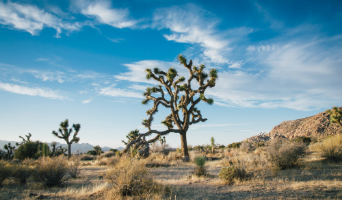
States of Matter
Water Can be Harvested From the Air in Very Dry Climates
Curriculum links: Condensation and evaporation
Enrichment, Practical Science, Science Enquiry, Scientists and their work, Topical Science | 7-9, 9-12
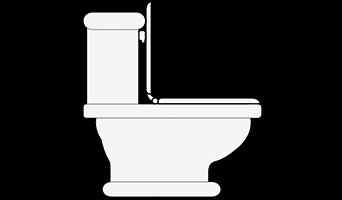
Properties & Uses of Materials
Toilets in the Future May Charge Your Mobile Phone!
Curriculum focus: Separating mixtures
Enrichment, Practical Science, Science Enquiry, Scientists and their work, Topical Science | 7-9, 9-12
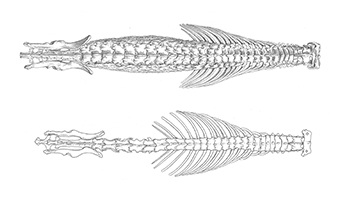
Animals
Some Mammals Have Unusual Backbones
Curriculum focus: Skeletons & bones
Enrichment, Practical Science, Science Enquiry, Scientists and their work, Topical Science | 7-9, 9-12
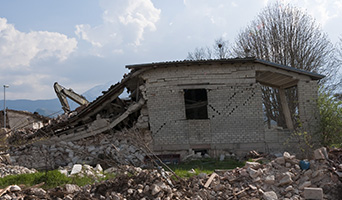
Energy, Sound
What Happens Underground When Humans Stay Indoors
Curriculum focus: Vibrations
Enrichment, Practical Science, Science Enquiry, Scientists and their work, Topical Science | 7-9, 9-12
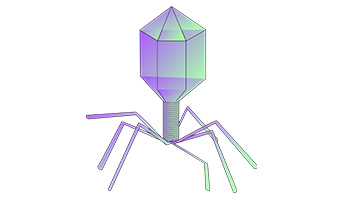
Animals
Bacteria Get Viral Infections As Well
Curriculum focus: Microbes
Enrichment, Practical Science, Science Enquiry, Scientists and their work, Topical Science | 7-9, 9-12

Energy, Light, Space
There is a Storm Coming & it is Not Going Away
Curriculum focus: Weather (storms)
Enrichment, Practical Science, Science Enquiry, Scientists and their work, Topical Science | 7-9, 9-12
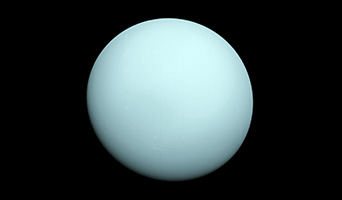
Energy, Light, Space
Ice Giants at the End of the Solar System
Curriculum links: Giant planets & planetary motion
Enrichment, Practical Science, Science Enquiry, Scientists and their work, Topical Science | 7-9, 9-12
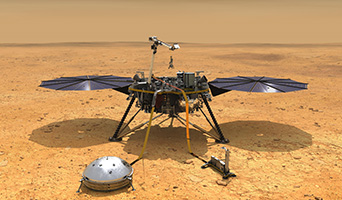
Space
Insight into Mars
Curriculum focus: Conditions on Mars
Enrichment, Practical Science, Science Enquiry, Scientists and their work, Topical Science | 7-9, 9-12
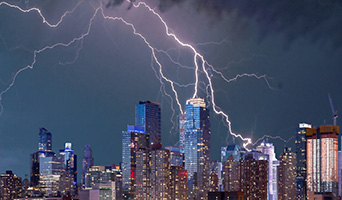
Electricity, Sound, Space
There is Lightning at the End of the Solar System
Curriculum focus: Weather (storms)
Enrichment, Practical Science, Science Enquiry, Scientists and their work, Topical Science | 7-9, 9-12
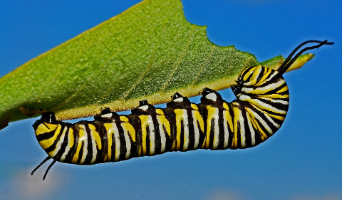
Evolution & Inheritance
Bees & Caterpillars Can Change the Evolution of Plants
Curriculum focus: Inheritance, Adaptation and Evolution
Enrichment, Practical Science, Science Enquiry, Scientists and their work, Topical Science | 7-9, 9-12
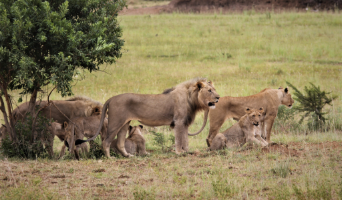
Biodiversity & Habitats
About Biodiversity & Trophic Cascades
Curriculum focus: Food chains and webs
Enrichment, Practical Science, Science Enquiry, Scientists and their work, Topical Science | 7-9, 9-12


















